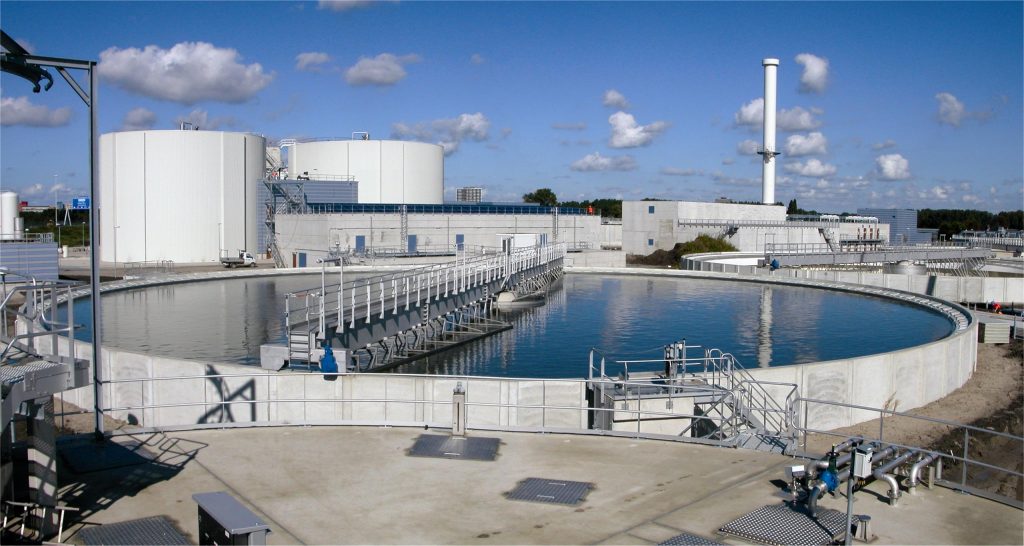Water is an essential resource for life, playing a crucial role in health, agriculture, and industry. As populations grow and urbanization increases, the demand for clean, safe water has never been more critical. Water treatment plants are the backbone of this effort, ensuring that the water we use is free from contaminants and safe for consumption. This article delves into the functions, processes, and importance of water treatment plants in safeguarding our most vital resource.
The Role of Water Treatment Plants
Water treatment plants are facilities designed to process and purify water before it is distributed for public use. Their primary goal is to remove harmful substances, pathogens, and pollutants from water sources—be it surface water from lakes and rivers or groundwater from aquifers. By employing various treatment methods, these plants play a pivotal role in protecting public health and the environment.
Key Processes in Water Treatment
Water treatment involves several critical processes that can vary depending on the source and quality of the water being treated. Here are the main stages:
- Intake: Raw water is collected from its source and transported to the treatment facility.
- Coagulation and Flocculation: Chemicals (coagulants) are added to the water, causing small particles to clump together into larger aggregates known as flocs. This process enhances the removal of sediments and impurities.
- Sedimentation: The water then flows into a sedimentation basin, where the heavy flocs settle to the bottom, forming sludge. This step helps clarify the water by removing the majority of suspended solids.
- Filtration: After sedimentation, the water is filtered through various media, such as sand, gravel, or charcoal, to remove any remaining particles and microorganisms.
- Disinfection: To ensure the water is free of pathogens, disinfection methods such as chlorination, ultraviolet (UV) light treatment, or ozonation are employed. This step is critical for making water safe for consumption.
- pH Adjustment and Fluoridation: The water’s pH may be adjusted to prevent corrosion in pipes, and fluoride may be added to promote dental health, depending on local regulations and public health guidelines.
- Storage and Distribution: Finally, the treated water is stored in reservoirs before being distributed through a network of pipes to homes and businesses.
The Importance of Water Treatment Plants
Public Health
Access to clean water is fundamental to public health. Contaminated water can lead to various waterborne diseases, including cholera, dysentery, and typhoid fever. Water treatment plants help prevent these outbreaks by ensuring that the water supply is safe for consumption.
Environmental Protection
Effective water treatment also contributes to environmental sustainability. By treating wastewater before it is released back into rivers and oceans, these plants help protect aquatic ecosystems from pollution, promoting biodiversity and maintaining the balance of natural habitats.
Economic Benefits
Investing in modern water treatment facilities can lead to significant economic advantages. Clean water supports agriculture, industry, and tourism, while also reducing healthcare costs associated with waterborne illnesses. Additionally, well-managed water resources can attract businesses and improve quality of life for residents.
Challenges Facing Water Treatment Plants
Despite their importance, water treatment plants face several challenges:
- Aging Infrastructure: Many facilities are outdated and require significant investment to upgrade their systems.
- Emerging Contaminants: The rise of new pollutants, such as pharmaceuticals and microplastics, poses ongoing challenges for treatment processes.
- Climate Change: Extreme weather events can affect water availability and quality, demanding adaptive measures in treatment practices.
- Funding and Regulation: Ensuring adequate funding and adhering to environmental regulations can strain resources, especially in underserved communities.
The Future of Water Treatment
Innovation is key to addressing these challenges. Advances in technology, such as membrane filtration, advanced oxidation processes, and smart water management systems, are enhancing the efficiency and effectiveness of water treatment plants. Moreover, increased public awareness and engagement in water conservation efforts can help sustain these vital systems.
Conclusion
Water treatment plants are essential to ensuring clean, safe water for all. By understanding their processes and importance, we can appreciate the complex systems that safeguard our health and environment. As we face future challenges, continued investment in water treatment technology and infrastructure will be critical to securing a sustainable water supply for generations to come.


